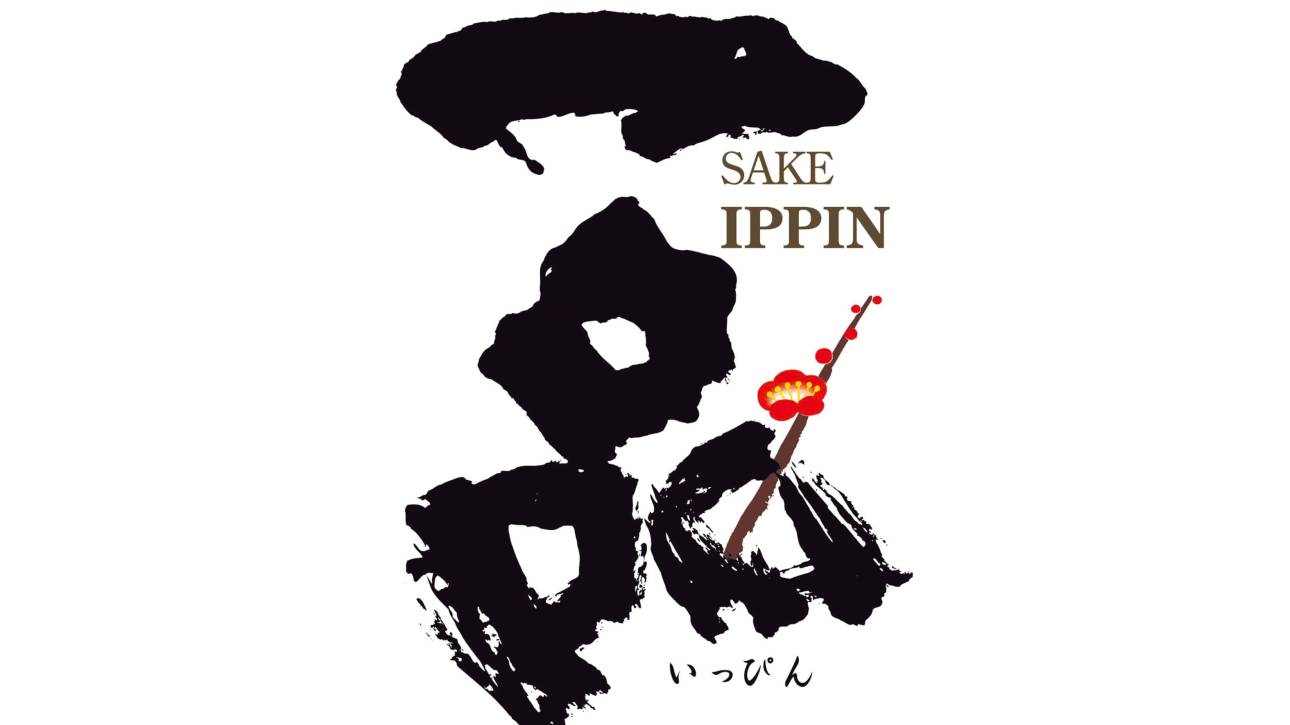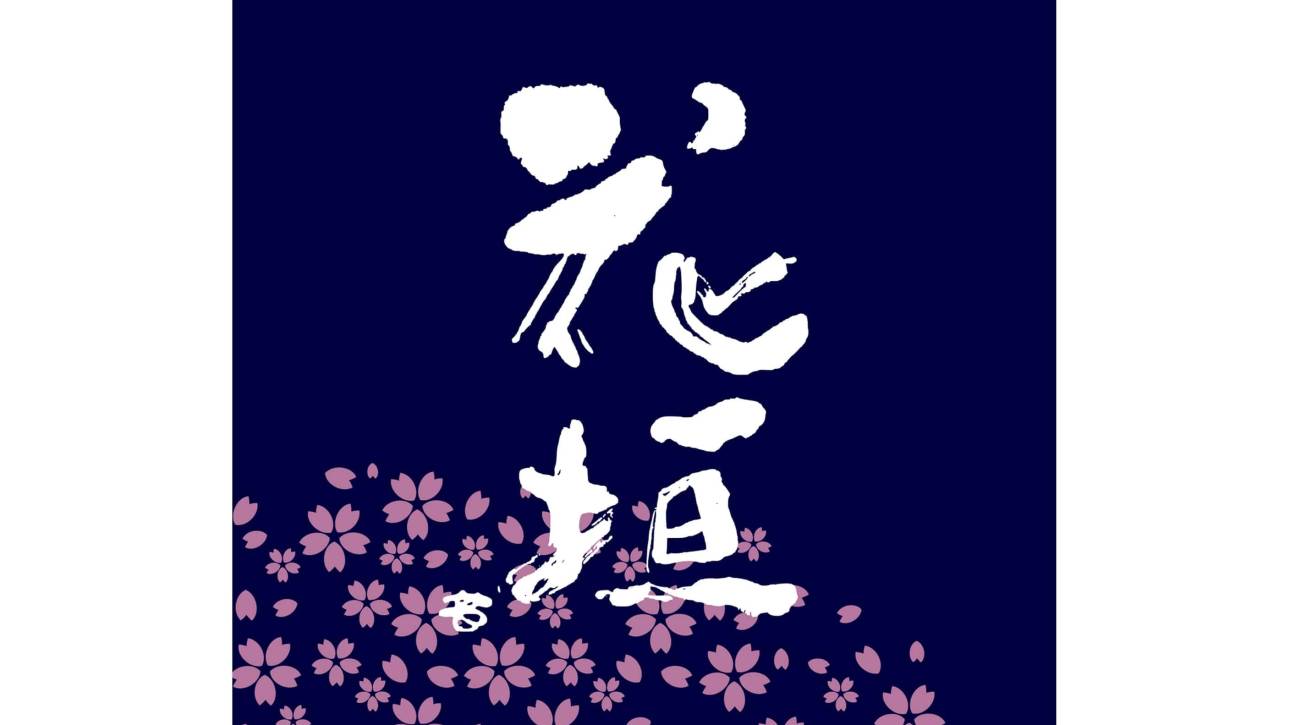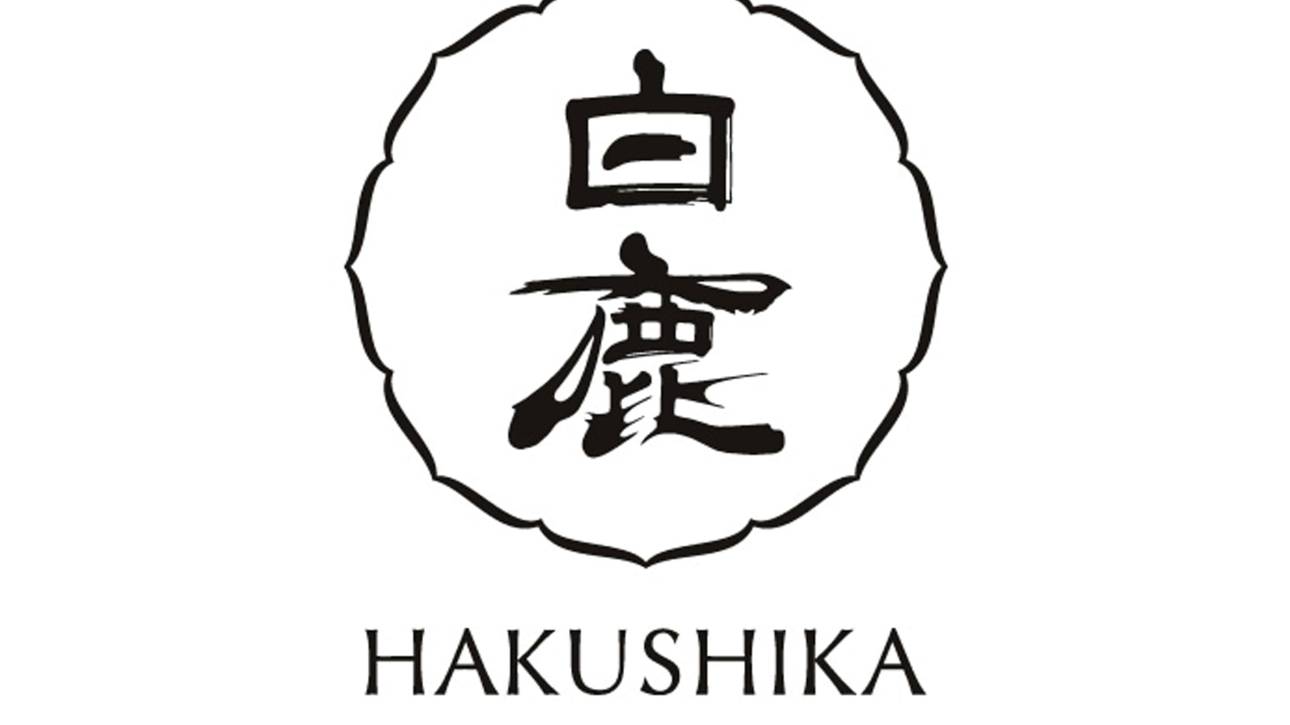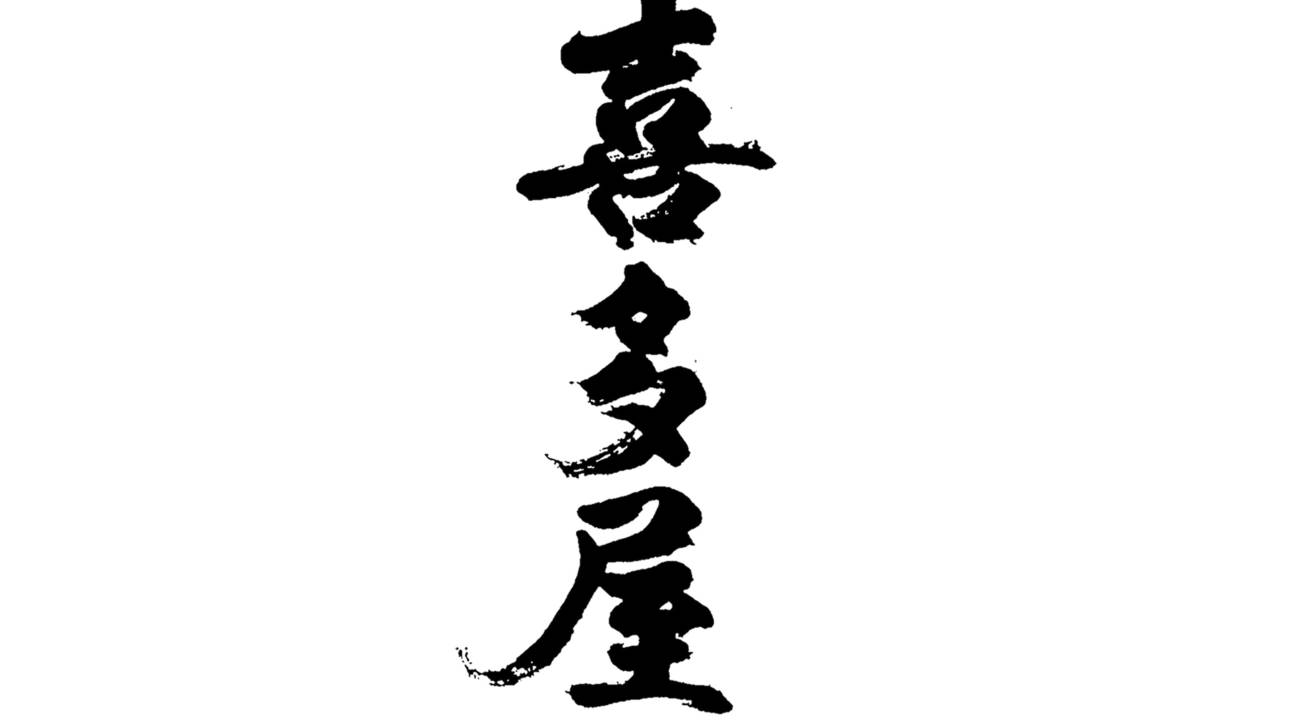We, TANAKA Shuzoten Inc., Have inherited over 200 years of traditional brewing methods (yamahai and kimoto brewing), with the use of quality rice and water. Our adherence to handmade sake such as making koji by koji tray method, using a traditional tub (koshiki) to steam rice, and applying cedar warmer for shubo making etc., motivating…














